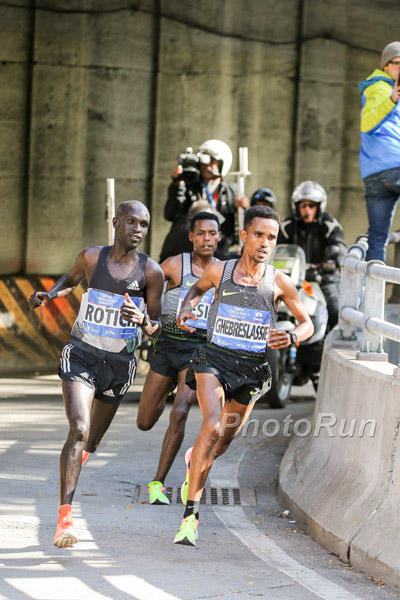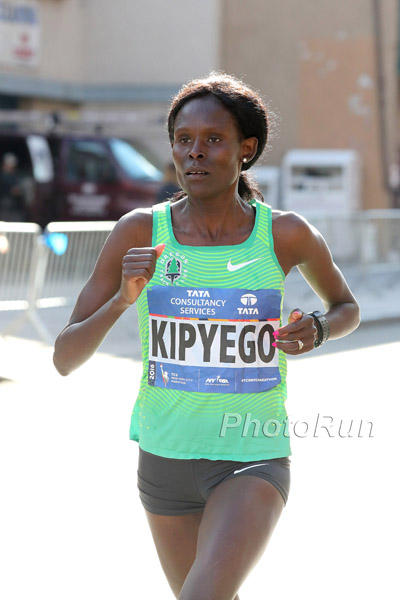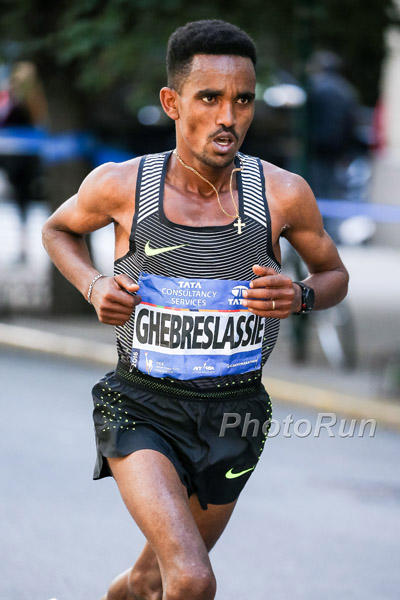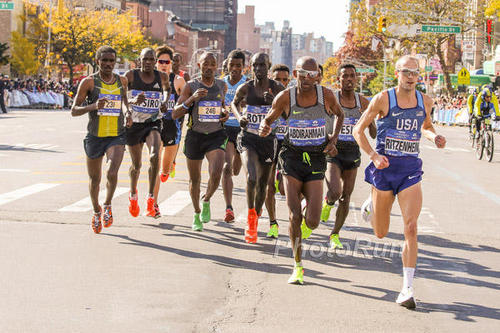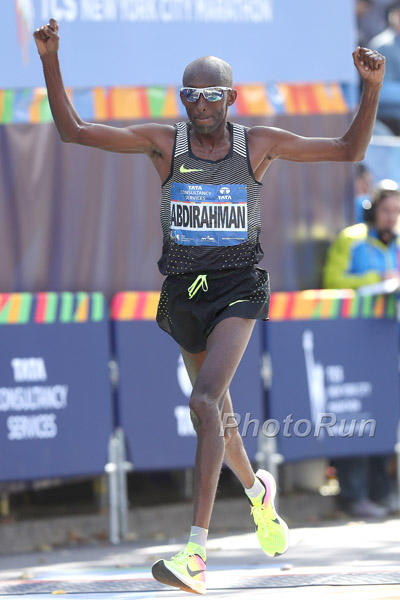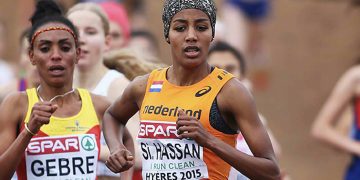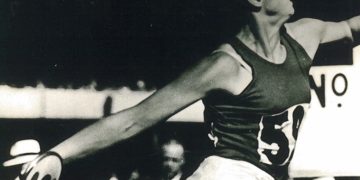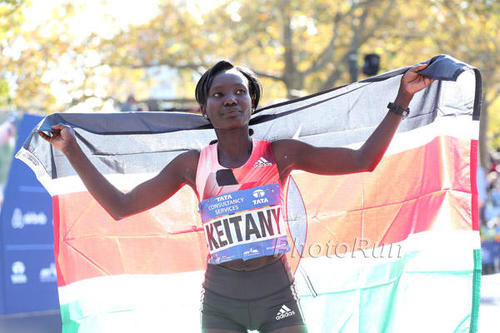 Mary Keitany Wins her Third Victory, NYC Marathon, photo by PhotoRun.net
Mary Keitany Wins her Third Victory, NYC Marathon, photo by PhotoRun.net
The 2016 TCS NYC Marathon was a remarkable race on several levels. Mary Keitany won her third consecutive race with a race so dominating, three and one half minutes separated her and second place. Ghirmay Ghebrselassie won the men’s race, now the youngest winner in NYC marathon history and the first winner for his company, Eritrea.
RelatedPosts
Here is Justin Lagat’s column on the NYC Marathon and the six lessons he learnt from that marathon.
1. Runners are always friendly even when competing against each other
Nothing explains why Ghirmay Ghebrselassie shook hands with Lucas Rotich at the finish line of the New York City Marathon, other than a friendship and understanding that developed between them over the course as they helped each other in pushing the pace at the front while Lelisa Desisa seemingly stayed back patiently and left the two to do the pacing.
“We were helping each other before he dropped back. Then after I looked back once and he was a little bit far from me, and I was really a little bit angry with him because we were helping each other. I was thinking maybe others from behind can catch him. So I was a little bit competing with it. So I was okay.” Ghebrselassie said after the race.
This is what always happens almost at the finish line of every race where runners hug and congratulate each other after competing. It reminded me of Hyvin Kiyeng during the semi-finals of the women 3000m steeplechase race at the Rio Olympics when she had gone to comfort her ‘rival’ at the finish line when the latter had fallen down and failed to advance to the finals with her.
2. Establishing ones own consistent pace in a marathon pays off at the end
Sally Kipyego and Abdi Abdirahman are the perfect examples to this. The two dropped behind from the leading packs earlier in their race, but kept their own consistent pace that resulted in their greatest achievements so far in their careers in marathon running. Kipyego finished second, her first ever podium finish in marathon while Abdirahman finished third, becoming one of the few Americans to finish in a podium position at a world major city marathon.
“I just decided to run behind today and run within myself and make sure I didn’t get carried away with the leaders. Stayed within my pace, and that paid off today,” said Kipyego after the race.
3. It pays to be confident before a race
Confidence was evident in both Mary Keitany and Ghebrselassie even in the early stages of the race. Keitany ran her own race without caring who was following her, nor worrying about going alone and being run down later by a chasing pack. She seemed to know exactly what she was doing and how she wanted to run her race.
Ghebrselassie on the other hand, while in the company of Rotich and Desisa, appeared calm and confident. He later told the media that what he had done in training was what gave him the confidence.
4. Anything can happen even to the best runners in a marathon
Marathon is one race in which one has to use their strength and will to reach the finish line, and there is no human being who is always guaranteed to finish a marathon.
Stanley Biwott with a personal best time of 2:03:51 had to pull out of the race after about 15km due to a calf injury. It is also worth nothing that the other pre-race favorite, Desisa also dropped out at around 35km. So, next time you reach a point in your marathon and something happens that can’t let you finish, just know that it happens to everyone.
5. Age is just but a number
At 39 years of age, Abdi Abdirahman was able to get to the podium in one of the biggest marathons in the world.
Meb Keflezighi who is now 41 years and won this race in 2009 and the Boston Marathon in 2014 affirms this.
6. Perhaps, when one falls down, they should first check around to make sure they are safe before suddenly standing up again
Stanley Biwott was seeking to use the New York City marathon to put back the disappointment he suffered at the Rio Olympic Games, about two and half months ago, where he had to pull out of the race.
What just happened to him here reminded me of what also happened to me in a local cross country race one time when I had stumbled and fell down, and as I struggled to stand up again, a knee hit the back of my head and I fell down again. I decided to remain on ground until the athletes behind had all jumped over me.
Perhaps Biwott should have taken some time before coming back to race again.
Author

Since 2013, Justin Lagat has written for RunBlogRun. His weekly column is called A view from Kenya. Justin writes about the world of Kenyan athletics on a weekly basis and during championships, provides us additional insights into the sport.
View all posts

